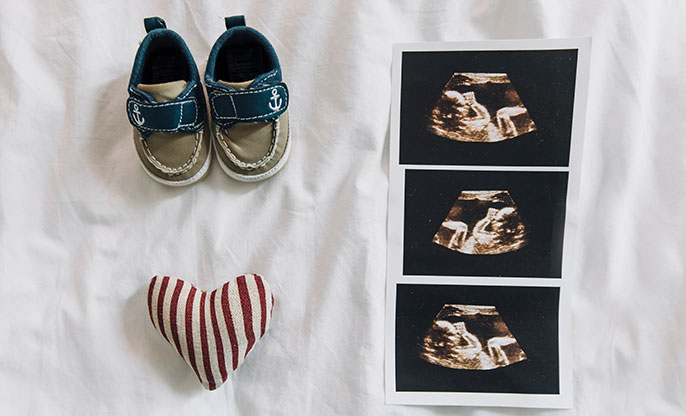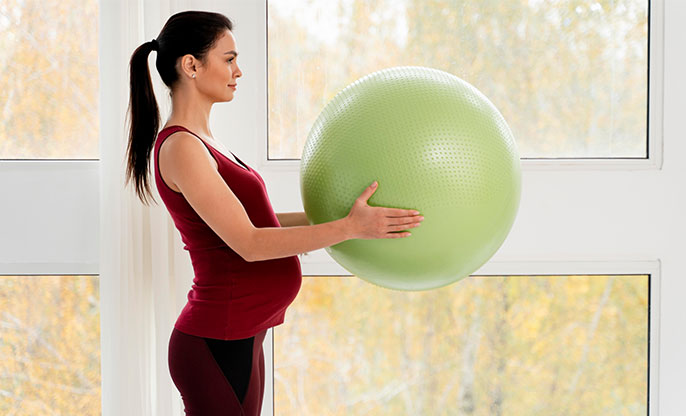
In this article you will read about:
Understanding pregnancy stretch marks
5 best practices to treat stretch marks
Your body changes a lot during pregnancy, and getting stretch marks is one of the most common changes your body goes through. While there's no magic cure for stretch marks, you can do a few things to proactively prevent them from forming in the first place.
Understanding Pregnancy Stretch Marks
Stretch marks are markings on the skin that often appear as reddish or purplish streaks, and they can occur anywhere on the body-though they're most common on the stomach, thighs, and breasts. They typically show up during the second or third trimester but can also show up earlier.
Here are 5 best practices to incorporate in your pregnancy to reduce stretch marks
Hydrate:
Drink plenty of fluids throughout pregnancy. This will improve skin elasticity and prevent the development of stretch marks. At the same time, it will also help your body to function at its best.
Diet:
Eat a balanced diet packed with essential vitamins and minerals. It will help keep your skin healthy and elastic. Some of the best foods for stretch mark prevention include:
Benefits of Vitamin C and D:
Vitamin C helps the skin produce collagen and elastin, both major components of the skin's resilience. Vitamin D can help with collagen production and wound healing.
Gain weight at a doctor-approved pace:
The best way to avoid stretch marks is not to gain weight rapidly since stretch marks occur when the skin is pulled apart quickly. Speak with your doctor about what is best for you, as the total weight gain can differ for everyone.
Promptly treat new stretch marks:
Many creams and lotions are available on the marketplace to help minimize their appearance. The ingredients in popular treatment lotions for stretch marks range from vitamin E to hyaluronic acid, shea butter, and cocoa butter.
Your doctor can also help better determine what may be causing the stretch marks and guide you on treatment options.


































